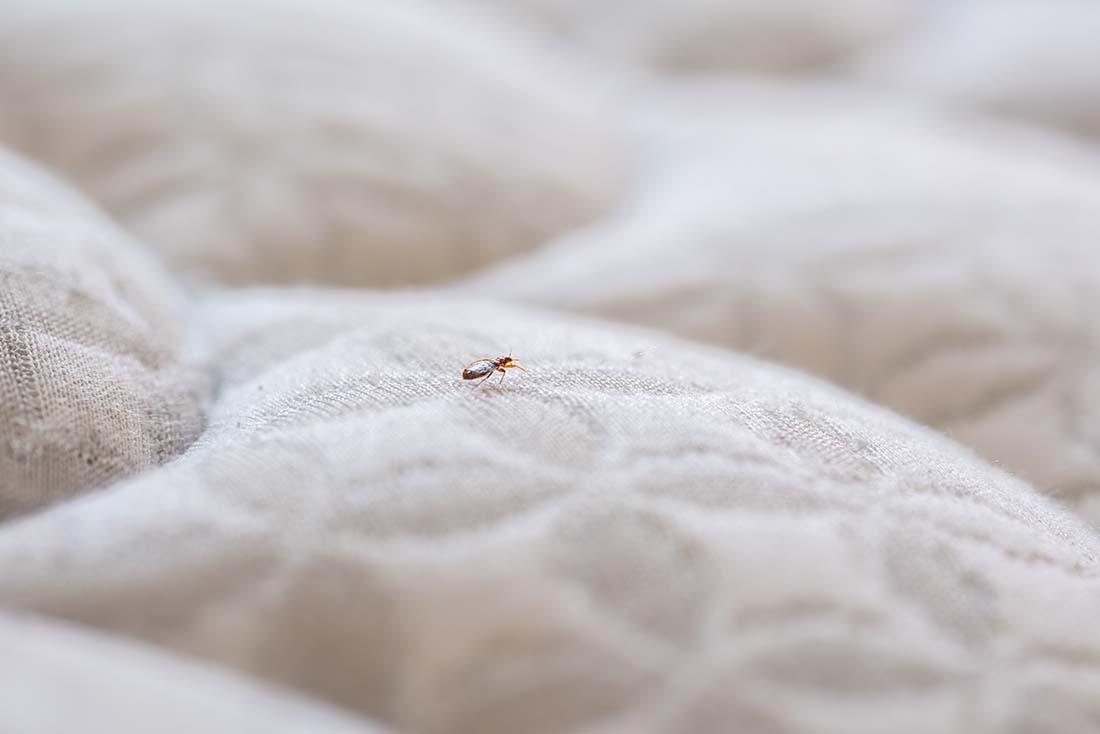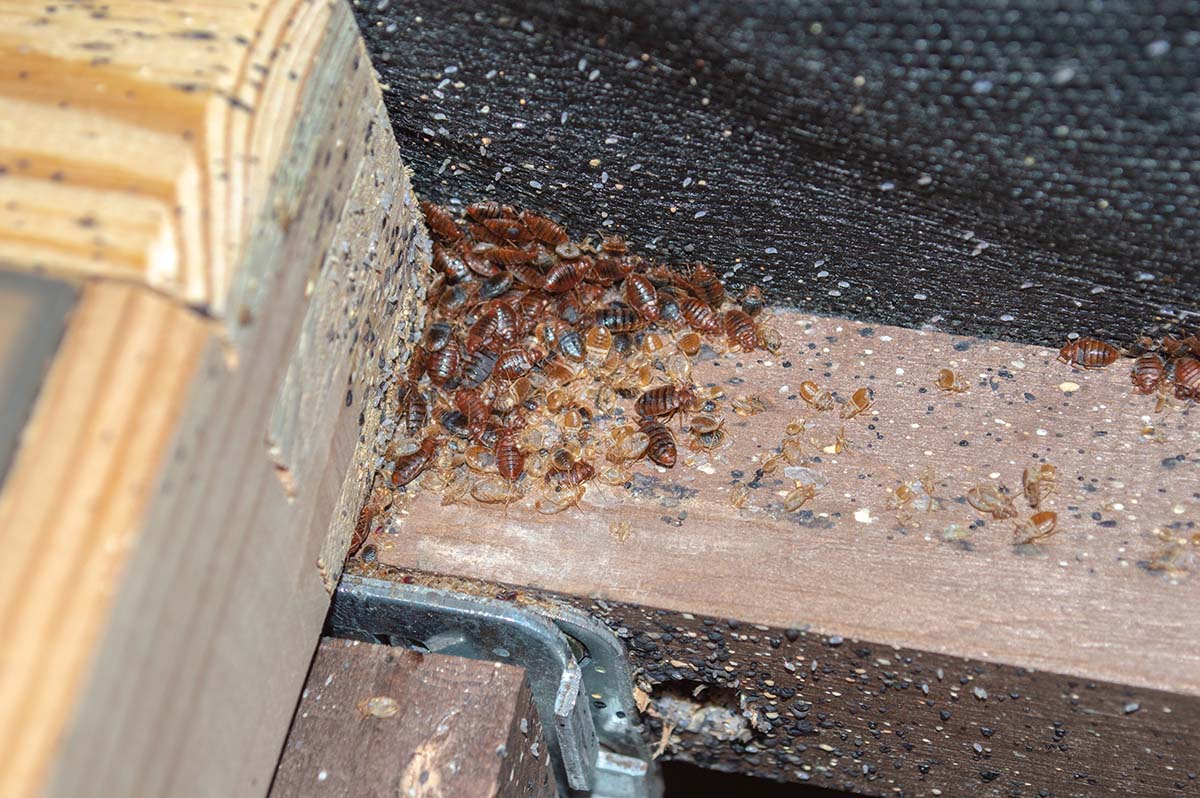How to get rid of bedbugs
Some of the old nursery rhymes and sayings are really rather grim, take the nursery rhyme “Ring a ring of roses” which refers to the plague and spotting the marks and lesions, more frightening rather than reassuring isn’t it? Another such tradition with a sinister meaning, is the popular good night ritual: “night night, sleep tight, don’t let the bed bugs bite.” Like all of these rhymes used to teach children, there is a grain of truth in this sleep time saying, bed bugs do indeed bite. In fact, they make for very unpleasant bed mates and they are still very common.
In this article we will take a look at how to spot bed bugs and how to get rid of them so that the goodnight wish can become “night, night, sleep tight, no bed bugs here to bite.”
Signs of bed bugs
There are 4 main signs of bed bugs:
- Actually seeing them move. Bedbugs go through 5 nymphal stages after hatching from their egg and adult Bedbugs are up to 6mm long so readily visible when they move. The only real issue is that they only come out to feed when you are in bed, so you are perhaps unlikely to see one unless you look carefully when moving bedsheets or duvets etc.
- Blood smears on your bedding. After feeding on you, bed bugs will leave small blood stains and smears on your bedding.
- Faeces in the form of small brown spots on your bedding.
- Red and itchy spots on your skin from a reaction to the bite itself.
If you spot any of these signs, then you could have an infestation.
How do Bedbugs get in?
Most commonly bedbugs get into your home by travelling on things like clothes, bags, suitcases and even second-hand furniture. One of the most common places for bed bug transmission is hotel rooms or B&B’s and they are quite adept at climbing onto your clothes or into your cases or bags ready to be chauffeured back to their new home. Amazingly, though, bedbugs can also get into your home from your neighbours, especially in terraced or semi-detached properties which often share underfloor voids and other access points.
How to get rid of Bedbugs
Bedbugs are tough and normal cleaning methods are not going to get the job done. It is unlikely you will be successful in eradicating bedbugs yourself using domestically available products. To get rid of bedbugs completely you are going to need the professionals!
Bedbug Treatment
Thorough treatment is vital with bedbugs as they love hiding in tiny cracks and crevices on bedframes, furniture and in plug sockets.
Treatment is usually in three stages – first of all steam treatment (using a commercial steamer that operates around 180°C) of all key areas of activity (bed frames / mattresses / furniture etc). Steam will instantly kill of all bedbugs and eggs that come into contact with it so is great for immediate reduction in activity.
Steam does have a limitation, in that it provides no ongoing residual effect so a residual insecticide spray is then applied to all affected areas to give ongoing protection for around two weeks. This deals with any bedbugs that escape the steam treatment.
The final step is to deploy a ULV (Ultra Low Volume) spray in affected rooms. This is basically a way of deploying a very small amount of insecticide in a very efficient way into the air in a room. This permeates all gaps and crevices and deals with any bedbugs that might be lurking unseen at high level or elsewhere. The insecticide ‘mist’ settles out over the course of an hour and the room is then ventilated ready for reoccupation when everything is dry (from the residual spray). This combination is very effective, but it is recommended to apply a second treatment with residual spray around 2-3 weeks later to give additional reassurance and protection for a further two to three weeks.
As bedbugs can survive without a blood meal for several months, It is important that all affected rooms are used as normal after treatment (including sleeping on beds) as this draws out any surviving bedbugs which then come into contact with the residual insecticide. If rooms are not used, it is likely that the infestation will continue indefinitely.
It is always advisable, after any treatment, to put in place a temporary monitoring process and we would recommend non-toxic pheromone monitors after all treatments that allow for ongoing monitoring of any activity. At iX5 Pest Control we provide these as standard after any bedbug treatment.
Bedbug Pest Control Services
If you think you might have an issue with bedbugs then we at iX5 Pest Control offer bed bug pest control for homes in Northampton, Daventry, Rugby, Market Harborough, Towcester, Brackley, Wellingborough, Kettering, Corby, Olney and all of the surrounding areas. Our team of specialists are available both evenings and weekends at no extra cost. Should you require assistance call us on 01604 328545, email [email protected] or use our simple contact form.


